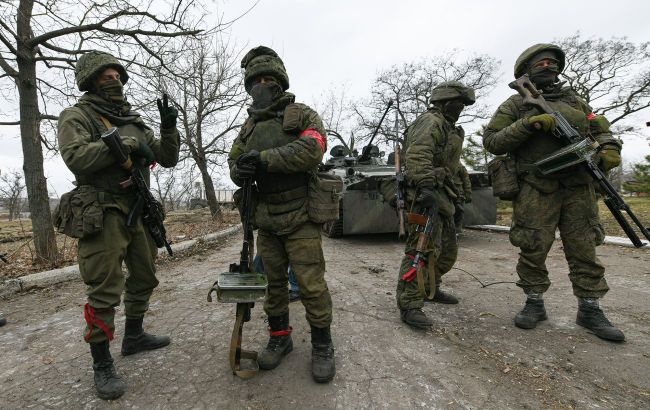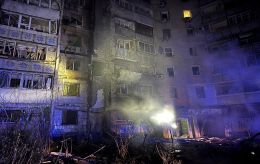Russian forces switch to relentless small attacks to break Ukrainian lines in Donetsk region
 Photo: Russians change assault tactics in the Donetsk region (Getty Images)
Photo: Russians change assault tactics in the Donetsk region (Getty Images)
Russian forces have changed their assault tactics in the Donetsk region. Instead of large groups, they now attack in small but continuous waves, informs Viktor Trehubov, spokesperson for the Khortytsia operational-strategic troop group.
"If earlier, for example, large groups of 'meat' were sent, now it is a constant small flow of 'meat' that never stops," Trehubov explained.
He added that previously, Russians moved in large groups; now, they advance in small units, sometimes with two to five soldiers.
"If earlier, the Russians, so to speak, were packaged in large portions, now they are packaged in small portions. But basically, the overall weight remains the same," Trehubov said.
The spokesperson noted that the Pokrovsk direction has been the most intense for a very long time.
"During winter, fighting focused more on the western outskirts. Now, the main Russian mission is to wedge between Pokrovsk and Kostiantynivka and threaten the Pokrovsk-Myronhrad agglomeration from the east. If possible, also from the north," he emphasized.
Trehubov said that is why the Pokrovsk direction remains the most intense and why Ukrainian forces' resistance there is strongest.
Earlier today, the spokesperson for Khortytsia operational-strategic troop group explained where the fate of Russia's summer campaign is currently being decided.
As of 4:00 PM Kyiv time on July 26, Russians attempted 35 attacks on Ukrainian positions. These took place near Poltavka, Volodymyrivka, Novotoretsk, Novoekonomichne, Lysivka, Novoukrainka, Pokrovsk, Zvirove, Udachne, Kotlyne, Novopavlivka, Oleksiivka, and toward Novopidhorodne.
More details on the situation across all frontlines can be found in the General Staff's briefing.

